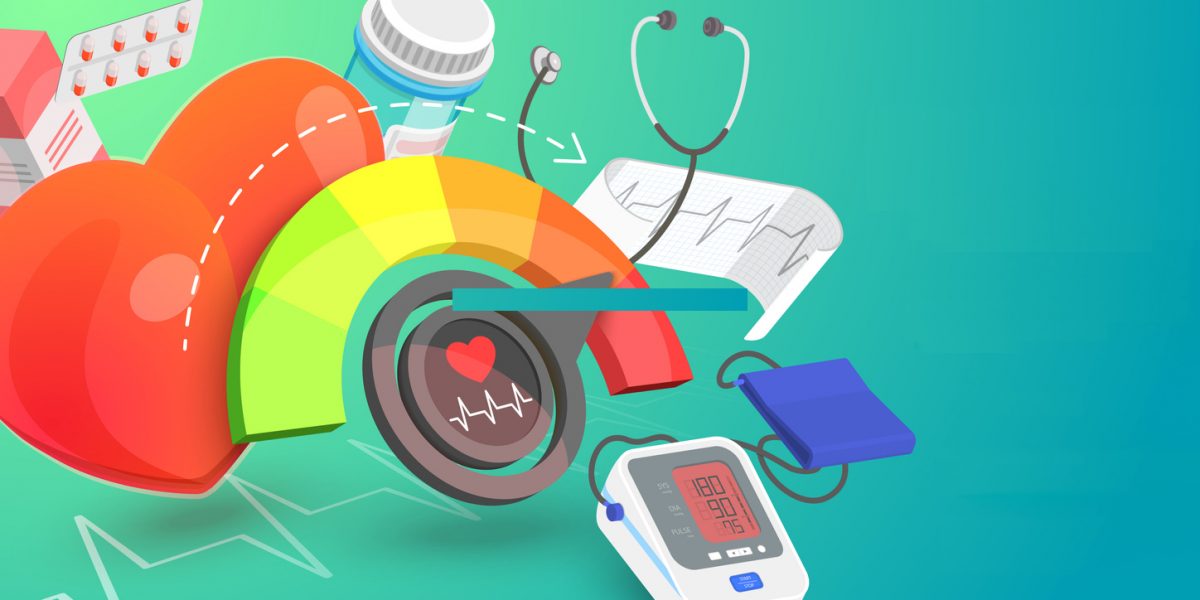Objective: To describe pretreatment cardiometabolic constitution in children and adolescents with first-episode psychosis (FEP).
Methods: Baseline cardiometabolic assessment was performed in youths aged 12-17 years with FEP entering the Tolerability and Efficacy of Antipsychotics (TEA) trial and matched healthy controls. Patients were included between June 10, 2010, and January 29, 2014. ICD-10 was used as the diagnostic classification system. Cardiometabolic risk markers were compared between patients versus controls and antipsychotic-naive versus antipsychotic-exposed patients.
Results: Comparing 113 youths with FEP (age ± SD = 15.74 ± 1.36 years, males = 30.1%, schizophrenia-spectrum disorders = 92.9%, antipsychotic-naive: n = 57) to 60 controls, patients had higher waist circumference (WC) z scores (1.13 ± 1.65 vs 0.42 ± 1.27, P = .018), cholesterol (4.10 ± 0.71 vs 3.79 ± 0.49 mmol/L, P = .014), low-density lipoproteins (2.37 ± 0.56 vs 2.13 ± 0.51, P = .012), and non-high-density lipoproteins (2.58 ± 1.60 vs 2.52 ± 0.52, P = .018). More patients than controls (42.9% vs 20.3%, P = .019) and antipsychotic-naive than antipsychotic-exposed (51.9% vs 34.0%, P = .023) had a WC > 90th percentile. Hypercholesterolemia (34.0% vs 12.5%, P = .015) was more frequent in patients, while decreased high-density lipoprotein cholesterol was more frequent in controls (32.5% vs 19.0%, P = .032). Family history of type 2 diabetes mellitus was associated with increased body mass index (BMI) z score (P < .001), WC z score (P = .001), insulin (P = .038), and homeostatic model assessment of insulin resistance (HOMA-IR; P = .025). Dyslipidemia was associated with significantly increased insulin (P = .041), HOMA-IR (P = .032), and low-density lipoprotein cholesterol (P = .041). Previous antipsychotic exposure was not associated with increased cardiometabolic risk. Early age at onset predicted increased BMI and WC z scores, while diagnosis of schizophrenia and higher Clinical Global Impression-Severity score were associated with increased blood lipids.
Conclusions: Youths with FEP had significantly greater WC and lipid abnormalities than matched controls, regardless of antipsychotic exposure. In youths with FEP, elevated metabolic risk predates antipsychotic exposure.
Trial Registration: ClinicalTrials.gov identifier: NCT01119014; European Clinical Trials Database (EudraCT): 2009-016715-38′ ‹’ ‹’ ‹
Continue Reading...
Did you know members enjoy unlimited free PDF downloads as part of their subscription? Subscribe today for instant access to this article and our entire library in your preferred format. Alternatively, you can purchase the PDF of this article individually.
Please sign in or purchase this PDF for $40.00.
Save
Cite
Already a member? Login




